Apr 01 2022
Wind and Solar Hit 10%
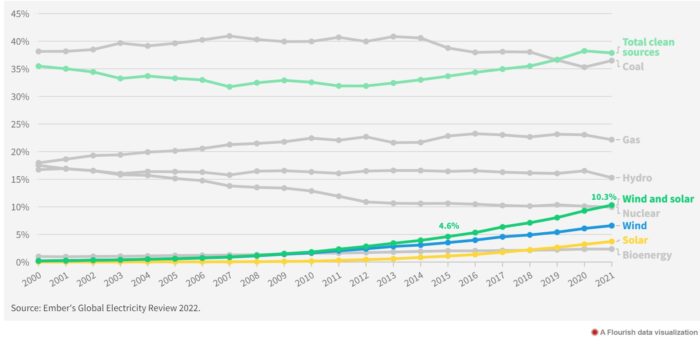 The percentage of world electricity generated by wind and solar energy hit 10% in 2021 according to a recent analysis. Total clean energy (including nuclear, hydro, geothermal, and bioenergy) was 38% of world electricity, exceeding coal at 35%. Gas was 22%, for a total fossil fuel contribution of 57%. Also, total demand for electricity rose sharply in 2021, partly due to the bounce back from the pandemic, with coal rising 9% total and making up most of the increased demand – so this is a very mixed story.
The percentage of world electricity generated by wind and solar energy hit 10% in 2021 according to a recent analysis. Total clean energy (including nuclear, hydro, geothermal, and bioenergy) was 38% of world electricity, exceeding coal at 35%. Gas was 22%, for a total fossil fuel contribution of 57%. Also, total demand for electricity rose sharply in 2021, partly due to the bounce back from the pandemic, with coal rising 9% total and making up most of the increased demand – so this is a very mixed story.
According to the analysis there are two major forces at work across the world in determining the relative growth of the various sources of electricity, economics and regulations. In political fights over energy (including frequently in the comments to this blog) people will often assume one or the other factor is the only or the major factor involved. For example, the argument has been explicitly made that economics is the only relevant factor and policy is therefore irrelevant, but that is demonstrably not true. Neither is the notion that we can totally control the energy sector through policy without consideration of economic factors. That approach is likely to lead to policy overreach with backlash and unintended consequences. Both factors are involved, and a rational energy policy should consider the relevant economics.
For example, coal surged in 2021 because it is cheap relative to its major competitor, gas. Both rose in price, but gas rose much more than coal, so coal predominated. However, wind and solar are cheaper than both, so they also rose significantly. Even though they are now the cheapest option for adding new capacity, they were outpaced by coal because of regulations and infrastructure – showing that price alone is not the only determining factor.

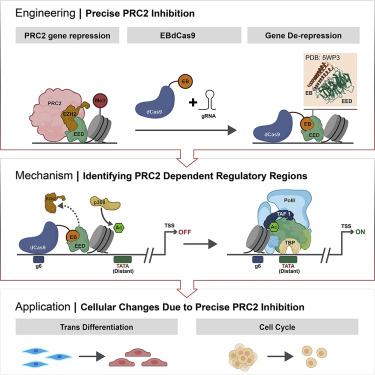 Last year
Last year 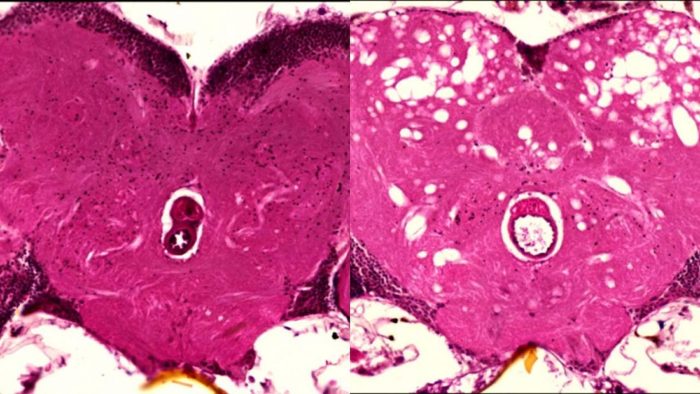 As I have
As I have 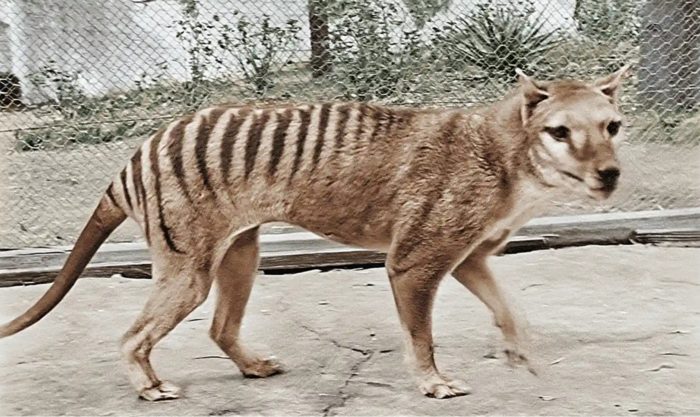 The last known thylacine, commonly known as the Tasmanian tiger, was in captivity in 1936. This marsupial predator was wiped out by human hunting. At the time Europeans colonized Australia the range of the thylacine was limited to Tasmania, but it did not survive contact with Europeans for very long.
The last known thylacine, commonly known as the Tasmanian tiger, was in captivity in 1936. This marsupial predator was wiped out by human hunting. At the time Europeans colonized Australia the range of the thylacine was limited to Tasmania, but it did not survive contact with Europeans for very long.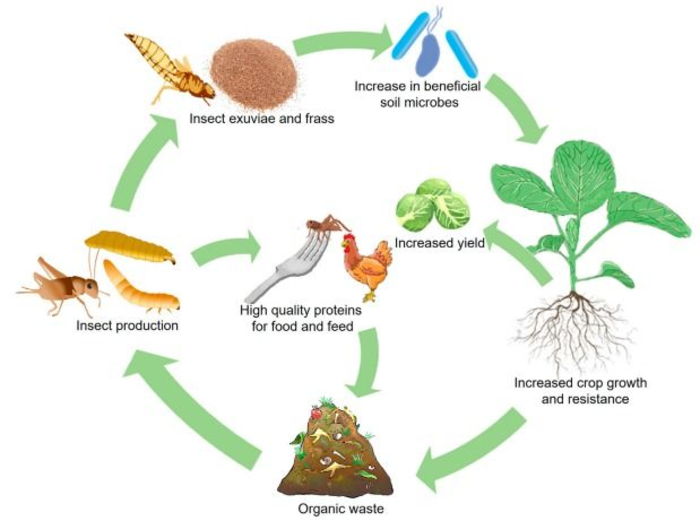 What are exuviae and frass? These are terms I just learned and are probably new to you as well, but they may become more familiar in the future. Exuviae are molted exoskeletons from insects and are primarily made of chitin. Frass is undigested food from insects, so basically bug poop. Frass could make a good fertilizer for plants because it is high in nitrogen. Exuviae would not serve as fertilizer, but there are species of soil bacteria that can break down chitin for food. Adding exuviae to soil increases the population of these soil bacteria, which are beneficial to plants and make them more resilient to pests.
What are exuviae and frass? These are terms I just learned and are probably new to you as well, but they may become more familiar in the future. Exuviae are molted exoskeletons from insects and are primarily made of chitin. Frass is undigested food from insects, so basically bug poop. Frass could make a good fertilizer for plants because it is high in nitrogen. Exuviae would not serve as fertilizer, but there are species of soil bacteria that can break down chitin for food. Adding exuviae to soil increases the population of these soil bacteria, which are beneficial to plants and make them more resilient to pests.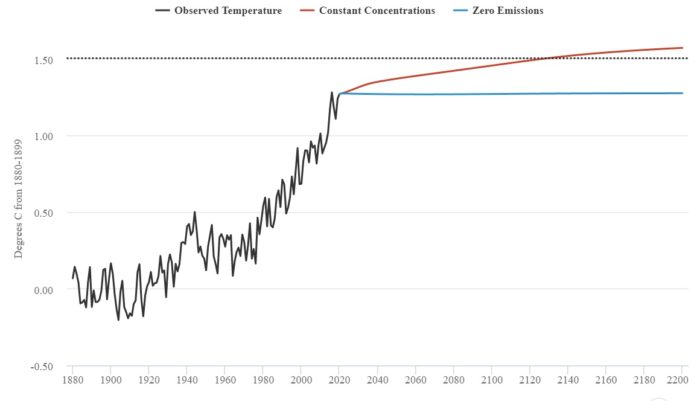 One of the challenges of being a science communicator is keeping up to date. About
One of the challenges of being a science communicator is keeping up to date. About 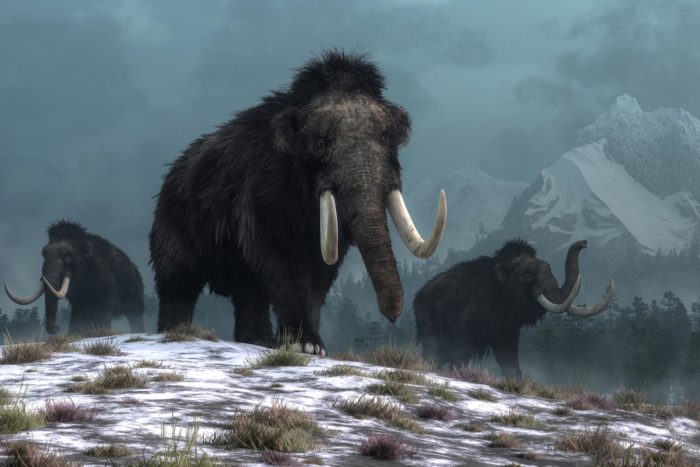 About 12 thousand years ago the late Pleistocene was transitioning to the current Holocene. This transition was marked by the end of the last glacial period, and turnover of entire ecosystems to a new homeostasis. Specifically in the Arctic North America, the mammoth-steppe biome was transitioning to the boreal forest we know today. As the name suggests, the most famous of the megafauna of the late Pleistocene was the woolly mammoth, and a lot of research has focused on nailing down the exact date when the woolly mammoth went extinct.
About 12 thousand years ago the late Pleistocene was transitioning to the current Holocene. This transition was marked by the end of the last glacial period, and turnover of entire ecosystems to a new homeostasis. Specifically in the Arctic North America, the mammoth-steppe biome was transitioning to the boreal forest we know today. As the name suggests, the most famous of the megafauna of the late Pleistocene was the woolly mammoth, and a lot of research has focused on nailing down the exact date when the woolly mammoth went extinct.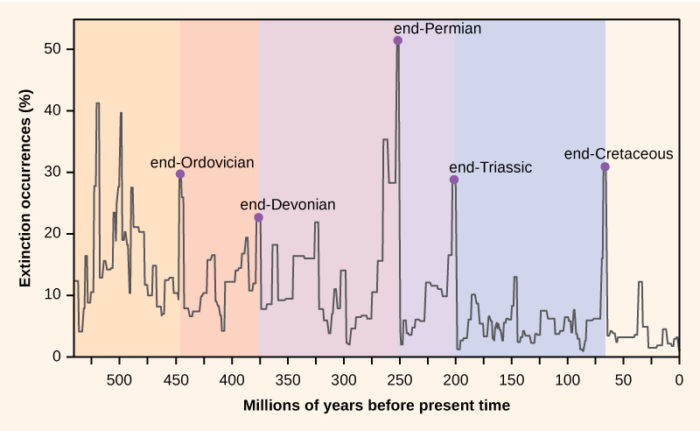 There have been five recognized mass extinctions in the history of life on Earth, and a number of smaller ones. They include, in order:
There have been five recognized mass extinctions in the history of life on Earth, and a number of smaller ones. They include, in order: Perhaps the greatest challenge of current theoretical physics is to come up with a testable theory that unites the principles of general relativity with quantum mechanics. This has proven to be a very challenging problem, one that may take generations of physicists to crack. Right now physicists are mostly stuck in the theoretical realm, trying to come up with theories (like string theory) that may be internally mathematically consistent, but are challenging to falsify experimentally. However, Rana Adhikari, professor of physics at Caltech, and her colleagues
Perhaps the greatest challenge of current theoretical physics is to come up with a testable theory that unites the principles of general relativity with quantum mechanics. This has proven to be a very challenging problem, one that may take generations of physicists to crack. Right now physicists are mostly stuck in the theoretical realm, trying to come up with theories (like string theory) that may be internally mathematically consistent, but are challenging to falsify experimentally. However, Rana Adhikari, professor of physics at Caltech, and her colleagues 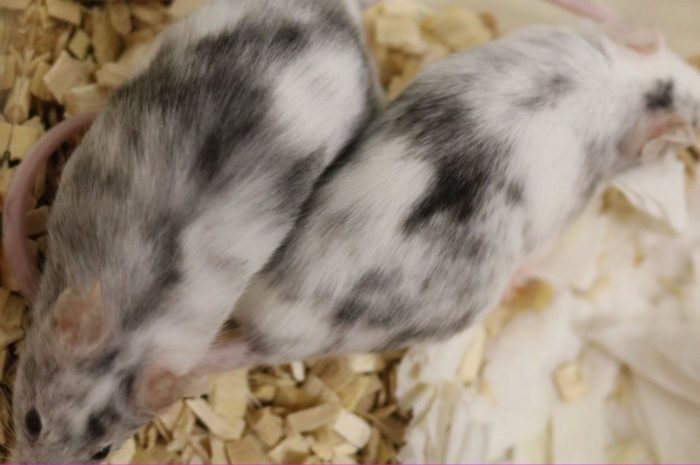 Each year 6-7 billion male chicks are culled, because only females are needed for egg laying. Many other animals are also culled because one sex is desired either for food production or research. There are many research questions that are sex specific, and therefore large numbers of a single sex of a specific strain of mice may be required. Culling is a crude way to achieve these ends, and raises concerns about humanely treating animals.
Each year 6-7 billion male chicks are culled, because only females are needed for egg laying. Many other animals are also culled because one sex is desired either for food production or research. There are many research questions that are sex specific, and therefore large numbers of a single sex of a specific strain of mice may be required. Culling is a crude way to achieve these ends, and raises concerns about humanely treating animals.




